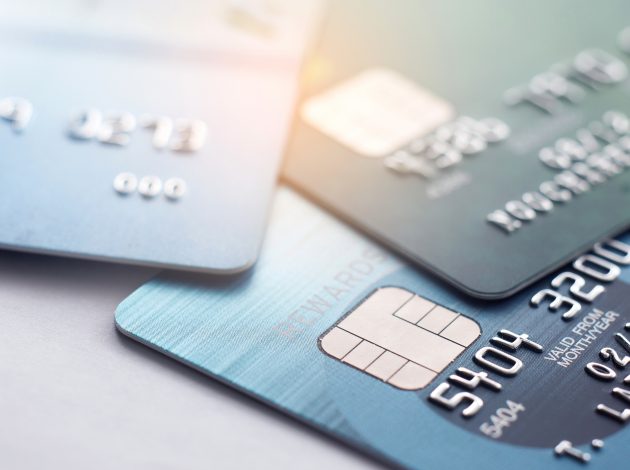The pandemic has had such an impact on our everyday lives – movement restrictions, store closures, panic buying and people occupying more time at home have all influenced our spending patterns and consumer behaviour. David Matthewson explains how, for the first time, the ONS will publish credit and debit card transaction data from the Bank of England that will give us more detailed information on how we have been spending our money over the last twelve months.
These data are experimental faster indicators for monitoring UK purchases. They track the daily CHAPS payments made by credit and debit card payment processors to around 100 major UK retailers. CHAPS, (Clearing House Automated Payment System) is the sterling high value payments system operated by the Bank of England. These payments are the proceeds of recent credit and debit card transactions made by customers at stores whether it be online, over the phone or in a store.
The Bank of England then anonymises and aggregates the data before sharing with us for publication. The data covers spending only for those businesses, whose credit and debit card payment processors use a different payment service provider (PSP) (e.g. a bank) to themselves.
The data provided to the ONS has been broken down into four consumption categories, (staples, delayable, work-related, social). as defined by the Bank of England. Each sector in the series is weighted according to its (relative) share of annual UK household consumption in Q4 2019.
The consumption categories include:
- Staples (food and drink, communication, utilities)
- Delayable (clothing and footwear, vehicle purchases and household goods)
- Work-related (Public transport and fuel)
- Social (air travel, games of chance, restaurants and hotels)
The categories allow us to see where money is being spent, and how this has changed over the period of the pandemic. The data will be updated weekly; and will be based on transactional data from January 2020 up until the Thursday of the week before publication so allows us to track differing trends near to real time.
We also have, of course, our retail sales figures that provide monthly estimates on what consumers are buying, and how much they are spending on items in stores and online, but these CHAPS data bring an additional element to the mix with the capturing of the spends on social activities, such as sporting events, concerts, a meal or drinks in a pub or restaurant, haircuts, beauty treatments and train fares. These transaction data represent a big step forward in our ability to see how purchasing habits have changed during all the stages of the pandemic so far and going forward, will continue to provide valuable insights.
These CHAPS data will be published weekly, starting tomorrow, as part of our Faster Indicator series which is released every Thursday and provides early experimental data on the impact of COVID-19 using rapid response surveys, novel data sources and experimental methods.
David Matthewson is Branch Head for Faster Indicators at the ONS
